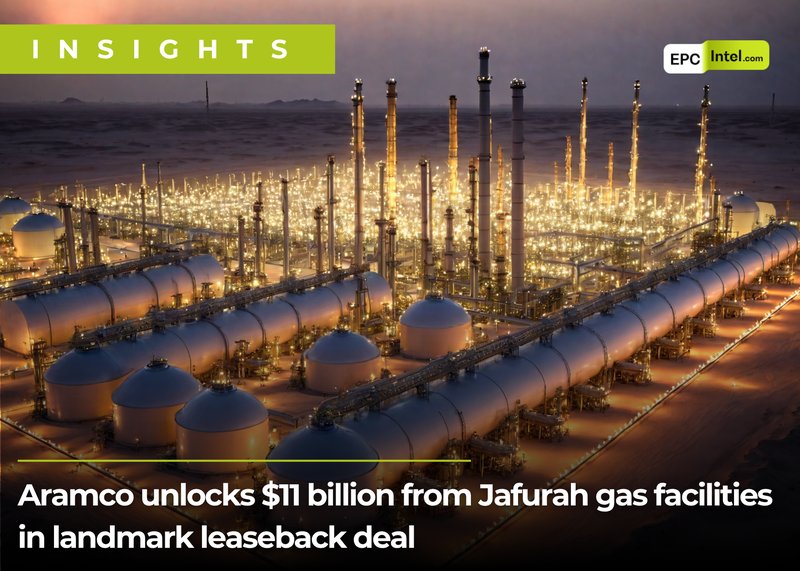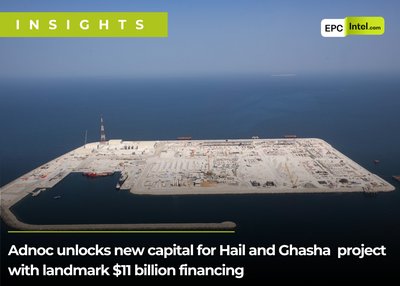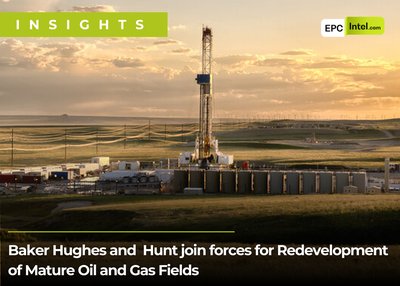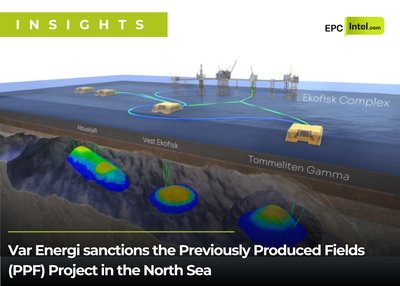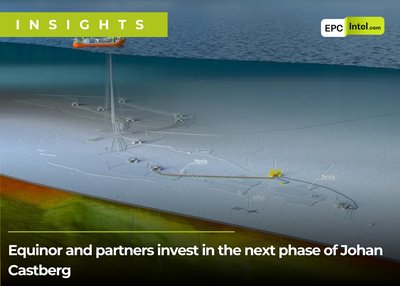Aramco has finalized an $11 billion lease and leaseback investment agreement for its Jafurah gas processing facilities, marking one of the largest midstream monetization transactions in the global energy sector this year. The deal, initially announced in August 2025, reflects the Saudi major’s continued strategy to leverage its vast asset base while strengthening investor partnerships around its fast-growing gas business.
Consortium structure and ownership
The investment is led by Global Infrastructure Partners (GIP), now part of BlackRock, alongside Hassana Investment Company, The Arab Energy Fund (TAEF), Aberdeen Investcorp Infrastructure Partners, and a mix of institutional investors from North and Southeast Asia and the Middle East. Under the transaction, the newly formed Jafurah Midstream Gas Company (JMGC) — an Aramco subsidiary — has secured development and usage rights for the Jafurah Gas Processing Plant and the Riyas NGL Fractionation Facility. These assets will be leased back to Aramco under a 20-year agreement.
Aramco retains a 51% ownership stake in JMGC, while the GIP-led consortium holds the remaining 49%. JMGC will collect a tariff from Aramco, granting it exclusive rights to process and treat raw gas from the Jafurah field. The structure imposes no restrictions on Aramco’s production volumes, allowing it to maintain operational control while freeing up capital for growth.
Strategic importance of Jafurah
The Jafurah development is central to Aramco’s strategy to expand its gas output and diversify its energy mix. Estimated to contain 229 trillion standard cubic feet of raw gas and 75 billion stock tank barrels of condensate, Jafurah is the Kingdom’s largest non-associated gas field. Production is scheduled to begin in 2025 and is expected to ramp up to 2 billion standard cubic feet per day (BSCFD) of sales gas, 420 million standard cubic feet per day (MMSCFD) of ethane, and 630 thousand barrels per day (MBD) of natural gas liquids by 2030.
The project underpins Saudi Arabia’s broader ambitions to reduce reliance on liquid fuels, enable the growth of petrochemical and industrial sectors, and support low-carbon hydrogen production.
Capital structure and EPC implications
EPCIntel.com’s analysis of similar gas infrastructure monetizations suggests that the $11 billion transaction likely values the underlying Jafurah gas and NGL facilities at roughly $14-16 billion on a replacement-cost basis. Typical breakdowns of the capital spend indicate that process units and compression systems account for approximately 45% of total cost, pipelines and utilities 25%, and NGL fractionation 20%, with the remaining 10% spread across offsites and automation.
Key contractors already active across the Jafurah program include Samsung Engineering, Saipem, Hyundai E&C, and Sinopec for gas processing and utilities packages, while ABB and Yokogawa are understood to be supplying major automation and control systems.
Investor sentiment and strategic context
For Aramco, the leaseback deal is not just financial engineering but part of a broader strategy to recycle capital from brownfield and midstream assets into new upstream, gas, and chemicals growth. For GIP and its partners, it offers exposure to a world-class gas infrastructure platform underpinned by 20 years of stable tariff income and sovereign-grade credit.
The transaction also reinforces Saudi Arabia’s ability to attract long-term international capital to fund its Vision 2030 industrial transformation agenda, where gas plays a central role in supporting AI-driven manufacturing, power, and advanced materials clusters.
